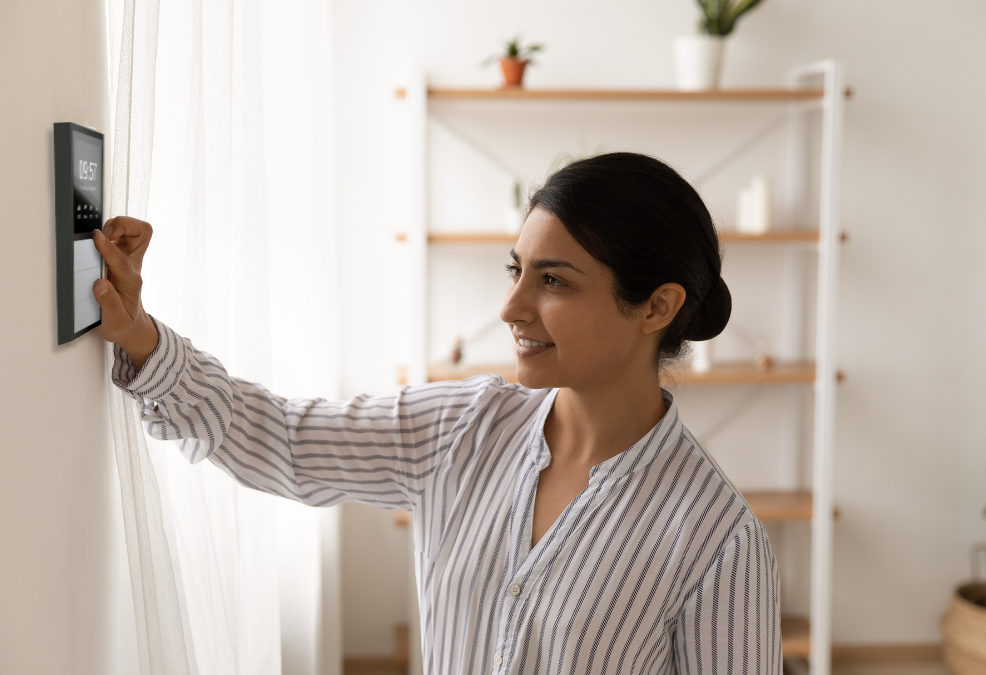Do terms like smart home automation, control and lighting sound like jargon to you?
If you’re new to the world of smart home automation and interested in learning more about how you can implement smart devices in your home, this article’s for you!
What’s Smart Home Automation?
To begin with, what’s smart home automation? It’s a system that you can implement in your home to help you automate routine tasks and live more conveniently and securely on a day-to-day basis, using technology (wired or wireless, such as Bluetooth, for example) and the Internet of Things (IoT).
Home automation systems most commonly give you enhanced control over things in your home like climate/temperature, lighting, sound, entertainment systems, blinds/curtains and access, security and surveillance systems. And via smart devices such as smart plugs and sockets, smart homes can help you control (at least in terms of switching them on and off) any appliance in your house that’s plugged into them, even if they are not smart appliances themselves.
In addition to the convenience factor, smart home systems also offer perks such as helping you consume energy more efficiently. This would help you reduce your carbon footprint over time as well as bring down your electricity bills. Smart home automation is steadily becoming the new norm when it comes to how people future-proof their homes and enjoy a higher standard of daily living.
While we will focus in this article on ‘home’ automation, do keep in mind that automation systems and devices can be implemented almost everywhere (such as an office building, hotels, schools, hospitals or anywhere else for that matter).
How Can you Control your Smart Home?
As an end-user, one of your main queries might be how you can control your smart home and the smart devices within it. There are a few ways.
One way would be via a physical touchpad that’s mounted around your house. For example, if you have one in every room, you could eliminate the need for multiple standard switches, and control everything from the air-conditioning to the curtains and lights in the room via the one touchpad. And using another touchpad located in the hall or your bedroom, you might be able to control devices and appliances that are located across your home.
Another way is to control your smart home via a mobile app on your smartphone or tablet. The perk of this method is that you can control your home from anywhere in the house as well as outside it. While you’re lying comfily in bed, as long as you have your phone with you, you could unlock your front door to let someone in, turn off the lights in your room or turn off the rice cooker in the kitchen. And the same can be done via your phone even when you’re at work or have gone out shopping. This is especially handy at times when you’ve forgotten to turn an appliance off, such as the iron. All you need is a working internet connection.
A third way to control your home is via speaking to your home. Thanks to voice assistants such as Google Assistant and Amazon Alexa, you can control many elements of your smart home just by issuing a spoken command.
Smart Lighting
When it comes to smart lighting, the main thing to know is that you can control smart lights easily and remotely, which makes them very convenient.
You can also ensure that lights are only kept on strictly when they are needed, thereby saving energy.
Finally, your smart home can use smart lighting to set the mood, whatever the occasion may be, as well as save multiple pre-set lighting configurations to suit each member of your family!

Editorial Staff at Shinrai Smart Home are experts on smart home technologies.


Recent Comments